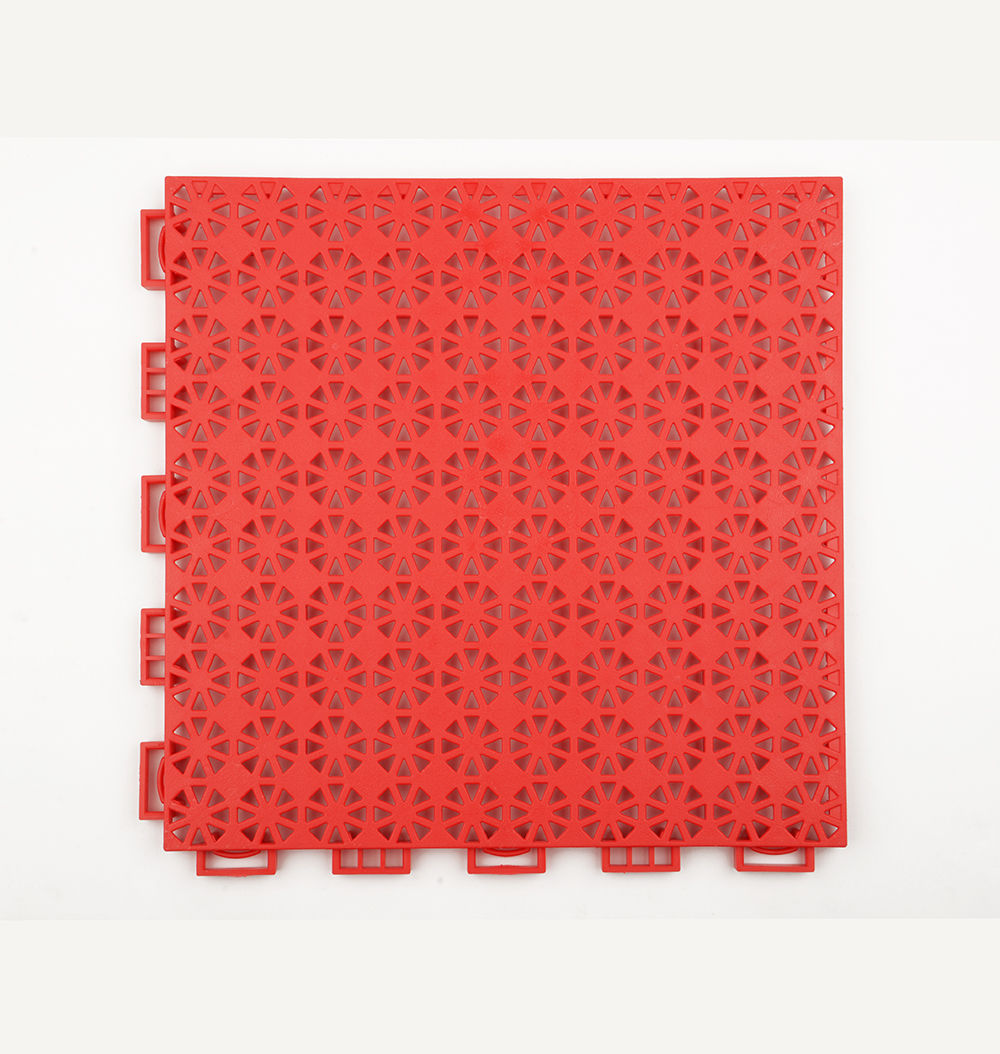After the seeds germinate, plants need to quickly start photosynthesis to achieve the transition from heterotrophic growth to autotrophic growth. Chlorophyll is the most important pigment for photosynthesis, and its effective synthesis is one of the keys to complete this step. However, little is known about the precise regulation mechanism of chlorophyll biosynthesis.
The research team of Lin Rongcheng from the Institute of Botany, Chinese Academy of Sciences found a pair of transcription factors FHY3 and FAR1 that directly regulate chlorophyll synthesis in the model plant Arabidopsis thaliana. Studies have shown that these two proteins can directly bind to the promoter sequence of the chlorophyll synthesis pathway gene HEMB1, and promote the expression of this gene; and found that FHY3 and FAR1 can interact with another negative factor PIF1 protein to coordinately regulate HEMB1 The level of transcription in turn affects the synthesis of chlorophyll precursors. These proteins are important components of the light signal transduction pathway. They respond to changes in light and darkness, so that dark-growing plant seedlings maintain an appropriate amount of chlorophyll precursors, and ensure that they can quickly synthesize chlorophyll and normal growth after seeing light. At the same time, the study found that HEMB1 is involved in early embryonic development of plants.
This study provides new insights for revealing the regulation of light on plant growth and the early adaptation mechanisms of plants to the light environment.
Related research papers were published online on May 25 in the internationally renowned academic journal The Plant Cell. Lin Rongcheng's assistant researcher Tang Weijiang and PhD student Wang Wanqing are co-first authors of the paper.
The research work was supported by the Chinese Academy of Sciences, the National Natural Science Foundation of China and the Ministry of Agriculture.
Link to the paper: Transposase-Derived Proteins FHY3 / FAR1 Interact with PHYTOCHROME-INTERACTING FACTOR1 to Regulate Chlorophyll Biosynthesis by Modulating HEMB1 during Deetiolation in Arabidopsis

Phenotype (A) and active oxygen accumulation (B) of fhy3 and far1 mutants from darkness to light
1.New Application
PVC Flooring + PFP under layer is designed for high-end badminton courts.
2.Eco Friendly
3.Special Structure
4.Better shock absorption effect
5.Long life span and less cost than solid wood flooring
Shock Absorption Test Data
Crystal Sand 5.0mm + PFP Pro Shock Absorption% 42.9% Ball Rebounce% 95.35%
Crystal Sand 5.0mm + PFP Eco Shock Absorption% 38.88% Ball Rebounce% 96.31%
Crystal Sand 4.8mm + PFP Pro Shock Absorption% 41.67% Ball Rebounce% 96.27%
Crystal Sand 4.8mm + PFP Eco Shock Absorption% 34.99% Ball Rebounce% 97.24%
Woodgrains 4.5mm + PFP Pro Shock Absorption% 42.1% Ball Rebounce% 96.79%
Woodgrains 4.5mm + PFP Eco Shock Absorption% 36.82% Ball Rebounce% 97.29%
Coral 4.7mm + PFP Pro Shock Absorption% 42.02% Ball Rebounce% 96.74%
Coral 4.7mm + PFP Eco Shock Absorption% 37.61% Ball Rebounce% 99.71%
Snake-Skin 4.5mm + PFP Pro Shock Absorption% 41.65% Ball Rebounce% 93.98%
Snake-Skin 4.5mm + PFP Eco Shock Absorption% 38.19% Ball Rebounce% 95.41%


PFP
PFP,Soft Interlocking Tiles,Anti-Slip Soft Interlocking Tiles,Suspended Interlocking Sport Court Tiles ,Soft Outdoor Runway Tiles
Shijiazhuang Enlio Sports Goods Co., Ltd. , https://www.enliosports.com